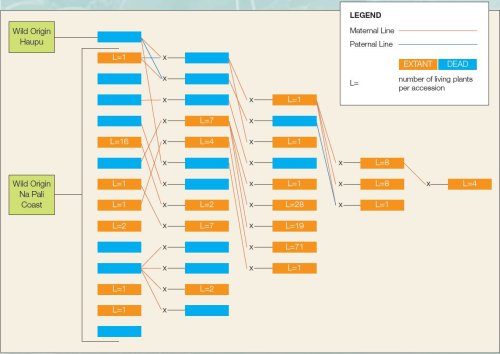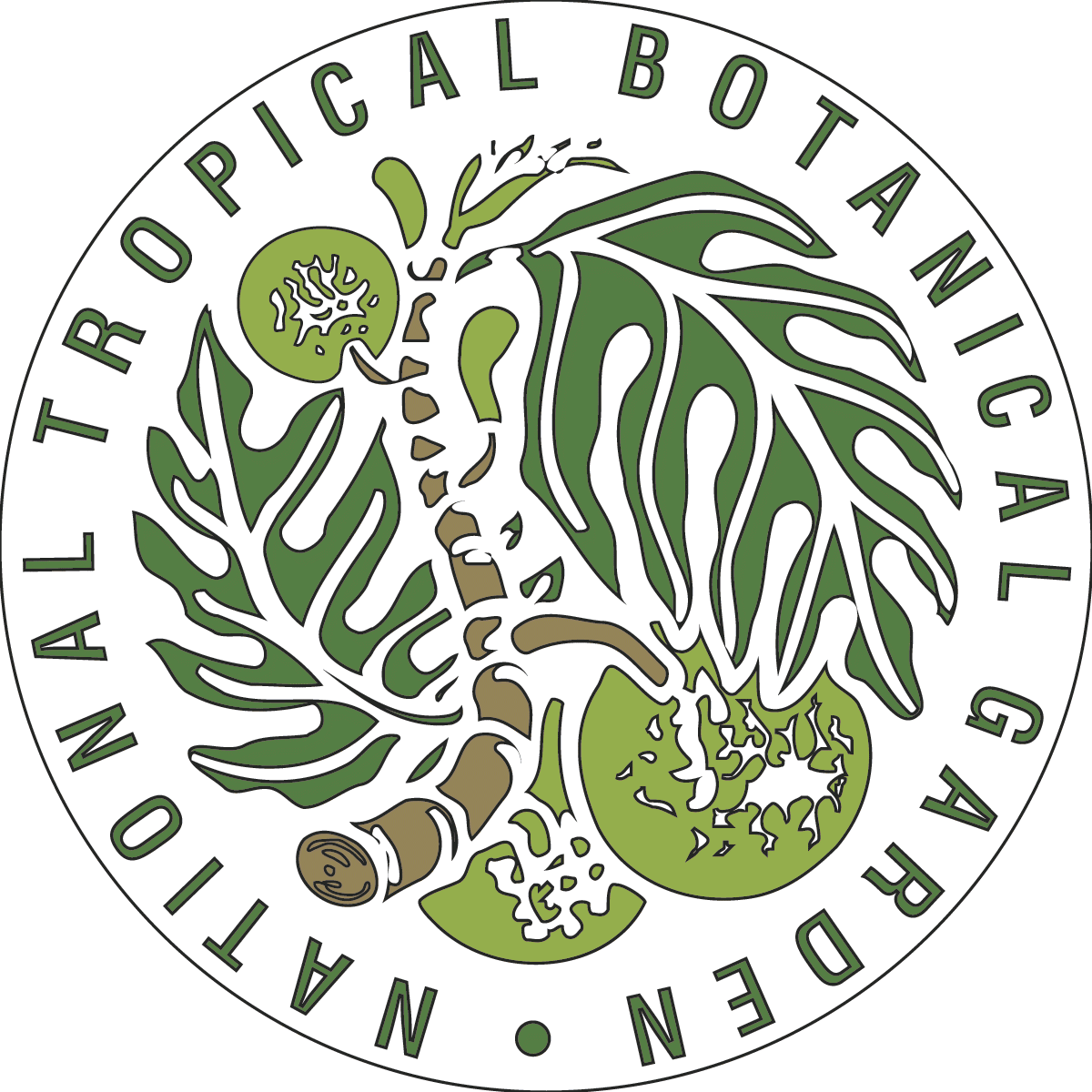PlantSearch pedigree management module
Botanic Gardens Conservation International’s (BGCI) PlantSearch is the only global database of living botanical collections, and currently holds taxon-level information for over 500,000 taxa curated by more than 1,000 institutions around the world. This includes over 160,000 taxa curated by nearly 300 institutions in the U.S. alone Link.
We are creating a pedigree management module for the PlantSearch database which will collect and store individual-level information about exceptional species in garden collections. This module will allow institutions to share important information about the wild source location, exchanges among institutions, and parental sources of seeds produced in cultivation. The data will allow gardens to track movements and life history events of individual plants and more effectively manage their collections to make informed breeding decisions. For example, to avoid breeding related plants, it is important to know if the plants have pollen, seed, or clonal material from a common source in their recent ancestry. To facilitate optimal genetic management, the module will use individual information to generate pedigrees so botanic garden managers will know the relatedness of plants in their collections relative to all other plants currently held in collections across institutions. The PlantSearch pedigree management module will generate output files appropriate for further analysis in PMxceptional.
Figure 1.1. Example of a studbook used in the zoological community. Shown are individual-level data for a species including parental ID, age, sex, birth location, and current location. The stud-book-like module we are implementing in PlantSearch will similarly allow managers to located individuals of the same species across institutions. Image from https://www.species360.org/.
Pilot results Brighamia insignis One of the first applications of the zoo-model tools to an exceptional plant species was with the rare Hawaiian endemic, Brighamia insignis. Gathering accession data for B. insignis individuals in the collection at the National Tropical Botanical Garden revealed three important insights. First, despite having high numbers of individuals, most are descended from a few over-represented founders (Figure 1.2), which may be increasing the relatedness between individuals. In addition, founders were collected from just two sites in the wild (Figure 1.2), limiting the overall genetic diversity in the individuals of this species in this collection. Finally, some accessions have been lost over time (Figure 1.2), which further decreases the amount of overall genetic diversity remaining in this collection. These insights help us to understand the current levels of genetic diversity of B. insignis at NTBG and improves our ability to manage this species for the future. This work was completed by Jordan Wood, a masters student at the Chicago Botanic Garden and collaborators.
Figure 1.2. Accession level data for individuals of Brighamia at the National Tropical Botanic Garden(NTBG). Each column is a generation and each colored rectangle shows an accession, if it is extant or dead, and the number of individuals in that accession. Colored lines track maternal or paternal lineages, when known. Green squares detail the wild collection location in Hawai‘i. From Griffith et al., 2019.










